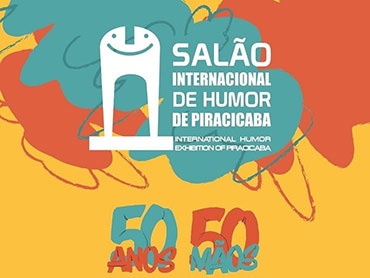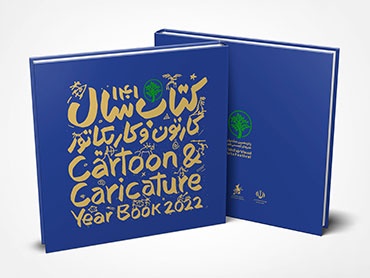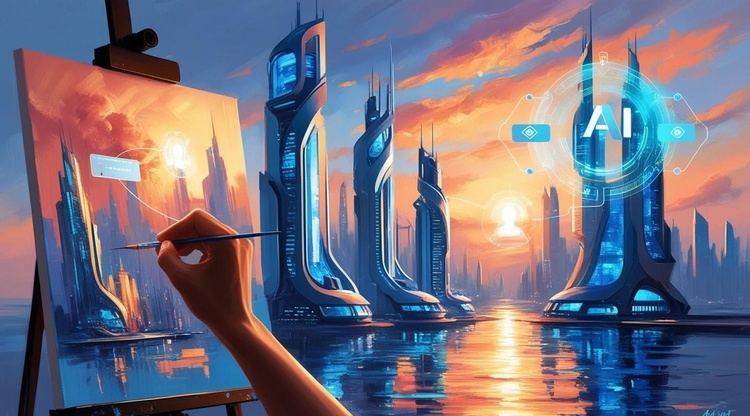
Works of the Future: Art and AI as Co-Creators
The future of art seems to be intimately linked with artificial intelligence (AI). In recent years, AI has proven to be a powerful tool for artists, not only as a means of creation, but as a collaborator in the artistic process. AI not only imitates the techniques of the masters but is also capable of generating new forms of art, challenging our traditional ideas about authorship, creativity, and inspiration.
The relationship between art and AI began with simple experiments in which algorithms replicated famous painting styles. However, today, AI goes far beyond being a mere technical tool. Programs such as DALL·E and DeepArt allow users to interact with algorithms that generate original images from text descriptions or reinterpret photographs with unique artistic styles. These types of creations raise the question of whether these works can be considered "art" in the traditional sense, or whether, on the contrary, they should be seen as a collaboration between machine and artist.
Artificial intelligence is also being used in the creation of music, literature, and even film, where algorithms can generate compositions, scripts, and moving images that, in many cases, are indistinguishable from those created by humans. This ability of AI to learn and adapt opens up new possibilities for creators, who can now work in synergy with machines, exploring uncharted territories and challenging the limits of the imagination.
The concept of co-creation between humans and AI is changing our perception of art and creativity. The machine is no longer just a tool, but an active entity that, like the artist, can generate new ideas and transform them into visual or audio works. As AI advances, new art forms are emerging that merge human creativity with machine logic, creating aesthetic experiences that could define the art of the future.
Latamarte

- November 21, 2025
Havana Still(s) | Damaris Betancourt – Cuba
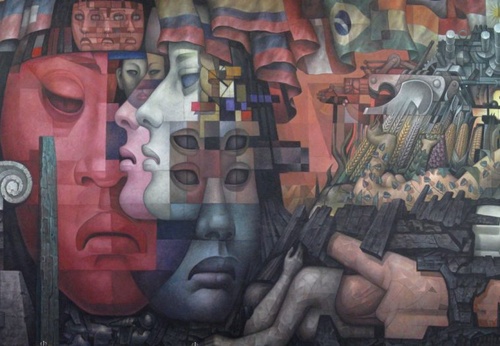
- November 20, 2025
The Evolution of Modernism in Latin America
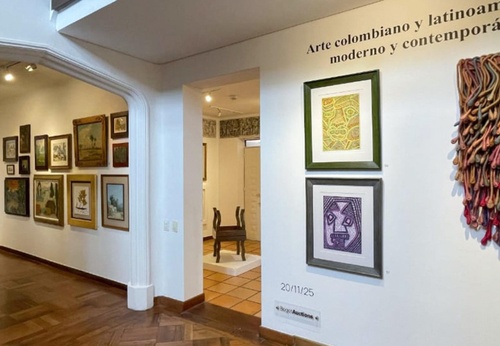
- November 20, 2025
An auction in Bogotá
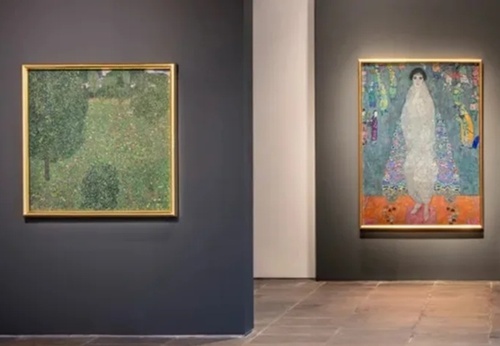
- November 20, 2025
Klimt Breaks Record at Sotheby’s
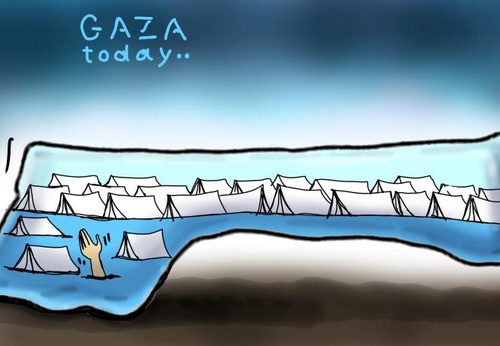
- November 20, 2025
GAZA FLOOD BLOOD THEN FLOOD
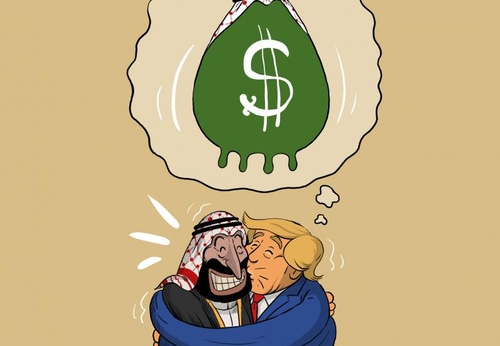
- November 20, 2025
MBS is a guest of Trump
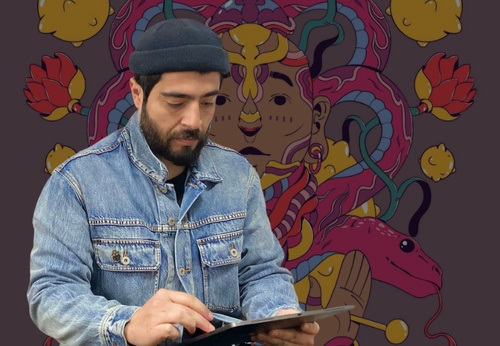
- November 20, 2025
José Elgueta - Chile
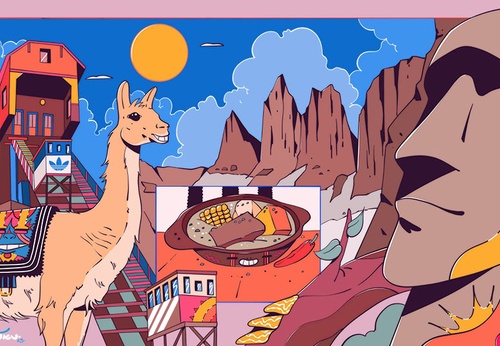
- November 19, 2025
Gallery of Illustration by Jose Elgueta – Chile


- November 20, 2025
The Evolution of Modernism in Latin Ame…

- November 19, 2025
Colombia: Muralism as a Social Voice an…

- November 19, 2025
Brazil: The Creative Power of Urban Art

- November 18, 2025
Visual Arts: History, Languages, and Cu…

- November 18, 2025
Indigenous Art: Characteristics and Typ…

- November 17, 2025
What are the types of AI?

- November 16, 2025
The Importance of Aesthetic Experience …

- November 16, 2025
Art as a Mirror of Culture: Between Tra…

- November 15, 2025
The Influence of Artificial Intelligenc…

- November 15, 2025
The Evolution of Digital Art in the 21s…

- November 13, 2025
Urban Art in Latin America: A Visual Re…

- November 13, 2025
Urban Art in Latin America

- November 12, 2025
The Art of Photography: Capturing the E…

- November 11, 2025
The Power of Visual Arts

- November 09, 2025
Contemporary Art and Its Diverse Forms …

- November 08, 2025
Graffiti: From the Street to the Galler…

- November 08, 2025
Street Art in Latin America

- November 05, 2025
Art as Bridges: Creativity and Identity…

- November 04, 2025
Mexican Painters Who Left Their Mark on…

- November 03, 2025
Art and Identity in Latin America

- August 29, 2023
The history of Bolivian art

- February 19, 2024
Analysis and meaning of Van Gogh's Star…

- January 28, 2024
Culture and Art in Argentina

- September 25, 2023
What is the importance of art in human …

- September 23, 2023
What is paint?

- August 10, 2023
14 questions and answers about the art …

- August 23, 2023
The 11 types of art and their meanings

- August 30, 2023
First artistic manifestations

- September 23, 2023
Painting characteristics

- January 12, 2024
10 most beautiful statues and sculpture…

- September 23, 2023
History of painting

- March 26, 2024
The importance of technology in art1

- March 26, 2024
Cultural identity and its impact on art…

- April 06, 2024
History of visual arts in Ecuador

- April 02, 2024
History visual arts in Brazil

- August 16, 2023
The 15 greatest painters in art history

- October 18, 2023
History of sculpture

- July 13, 2024
The impact of artificial intelligence o…

- August 13, 2023
9 Latino painters and their great contr…

- August 27, 2023
The history of art Mexico

- February 19, 2024
Analysis and meaning of Van Gogh's Star…

- August 13, 2023
9 Latino painters and their great contr…

- August 23, 2023
The 11 types of art and their meanings

- August 10, 2023
14 questions and answers about the art …

- August 29, 2023
The history of Bolivian art

- August 27, 2023
15 main works of Van Gogh

- January 28, 2024
Culture and Art in Argentina

- November 06, 2023
5 Latin American artists and their works

- September 23, 2023
Painting characteristics

- September 23, 2023
What is paint?

- September 25, 2023
What is the importance of art in human …

- August 30, 2023
First artistic manifestations

- March 26, 2024
Cultural identity and its impact on art…

- December 18, 2023
10 iconic works by Oscar Niemeyer, geni…

- January 20, 2024
What is the relationship between art an…

- January 12, 2024
10 most beautiful statues and sculpture…

- October 30, 2023
Characteristics of Contemporary Art

- August 24, 2023
The most famous image of Ernesto "Che" …

- August 22, 2023
What are Plastic Arts?

- May 26, 2024

